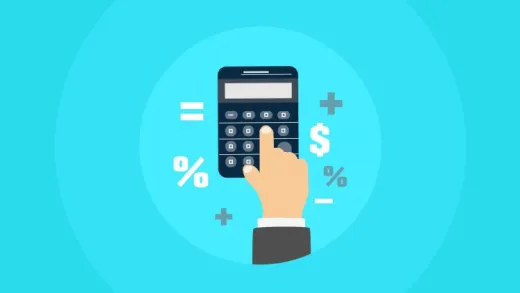Brief Summary
This course introduces Mathematica 9 to beginners, perfect for high school and college students. It covers using the software for arithmetic, algebra, and basic graphing without diving deep into programming or advanced mathematics.
Key Points
-
No programming background needed, but some basics in languages like C/C++/Java help.
-
Course focuses on using Mathematica, not on programming or math in general.
-
Students should be comfy with basic arithmetic, algebra, and functions.
-
Knowledge of graphs, set theory, matrices, vectors, and calculus is ideal.
-
Mathematica is great for doing arithmetic, algebra, and graphing.
Learning Outcomes
-
Become familiar with the Mathematica interface and tools.
-
Learn to perform arithmetic and algebra using Mathematica.
-
Master drawing and interpreting basic graphs with Mathematica.
-
Understand the integration of mathematical concepts through software.
-
Build a solid foundation in applying Mathematica to solve equations and inequalities.
About This Course
A course that teaches Mathematica 9 for beginners to the software. It teaches Mathematica for college and high school
This is an example based course aiming to teach Mathematica at an understandable level to students in college. Advanced high school students, or students whose high school teaches Mathematica will also find this course invaluable.
It assumes no understanding of programming languages, although knowledge, even rudimentary, of C/C++/Java is a plus.
This course does NOT teach Mathematica as a programming language.
This course does NOT teach Mathematics in general. Although a textbook on Pure Mathematics will come in handy for reference.
Any high school textbook that teaches college level Pure Mathematics is recommended. College students may use their course textbooks recommended by their Professor.
Students are expected to:
1. Know basic arithmetic and algebra including basic transcendental functions (exponential and trigonometric)
2. Know what a function is, including function composition, inverse and the definition of one-to-one functions
4. How to solve equations and inequalities.
3. Know common graphs of functions
4. Basic knowledge of set theory (preferably including partitioning and powersets)
5. Knowledge of matrices and vectors, preferably also knowledge of vector fields.
6. Rudimentary knowledge of 3D functions and functions on more than one variable
7. A broad knowledge of calculus including the basics of differential equations
8. Rudimentary knowledge of complex numbers
This course is in no way affiliated with Wolfram Research, Inc. The software, the Mathematica trademark and the associated logo belongs to Wolfram Research, Inc.
ScreenFlow, the software and associated trademarks belong to Telestream, Inc.
To contact me please e-mail: 2shakilrafi@gmail.com
Follow me on Twitter @2shakilrafi
To teach you how to do arithmetic using Mathematica
To teach you how to handle algebra using Mathematica
To teach you how to draw basic graphs using Mathematica




Olivier F.
Very bad.